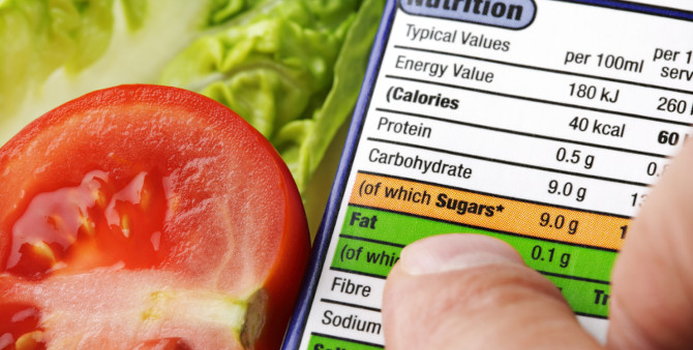A nutrition facts label reveals a lot of important information about a certain product. This label is very useful because it can help you determine if a product meets your nutritional needs. Other than providing information about the amounts of macronutrients that are present in the product, it also indicates the contents of vitamins and minerals. By reading the label, you will know roughly what you will be consuming, and this makes it easier for you to maintain a healthy diet.
Why a Nutrition Facts Label?
The Nutrition Labeling and Education Act was introduced in 1990 by the USDA and FDA. The purpose of the label is to reveal the nutritional values of food products to consumers so that they can make smarter choices. All manufacturers of food products were required to include a nutrition facts label on all their products.
What Information is Included in a Nutrition Facts Label?
The Nutrition Labeling and Education Act states that a nutrition facts label must include information such as the name of the product; the manufacturer's name and address; the measure, weight or count of the contents; list of ingredients; and nutrition facts. The components of a nutrition facts label include:
Serving Size: Serving sizes of similar food products are usually standardized, and this makes it easier for you to compare the nutritional values of products that are offered by different manufacturers. They are shown in both metric and common household measures. The serving size will help you determine the nutritional value of the total amount of a food product that you have consumed.
Calories: Calories refer to the amount of energy that you will gain after you consume a certain portion of food. This information is especially important if you are going on a strict diet to lose weight. You may think that low-fat food products are surely low in calories, but some low-fat foods may also contain high amounts of calories. It is best that you check the calories on the nutrition facts label before you purchase a product.
Nutrition Facts: A nutrition facts label must list a number of common nutrients, which includes total fat, sodium and cholesterol. Some labels may also include information on other nutrients, which can be potassium, vitamin K or others. The quantity of each nutrient and the food constituents per serving must also be displayed.
List of Nutrients: Manufacturers also have to include information about total fat and saturated fats, trans fatty acids, total carbohydrate, protein, cholesterol, fiber and sugar, calcium, vitamins A and C, and iron. They can also show other nutrients on their labels if they choose to.
Daily Values: Along with the quantities of the items that are listed on the nutrition facts label, you will also find values that are expressed in percentages. These are called daily values, and they represent the estimated percentages of the nutrients in a 2,000 calorie daily diet.



